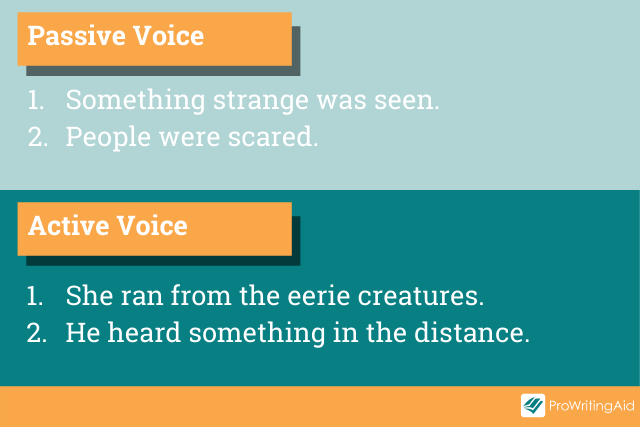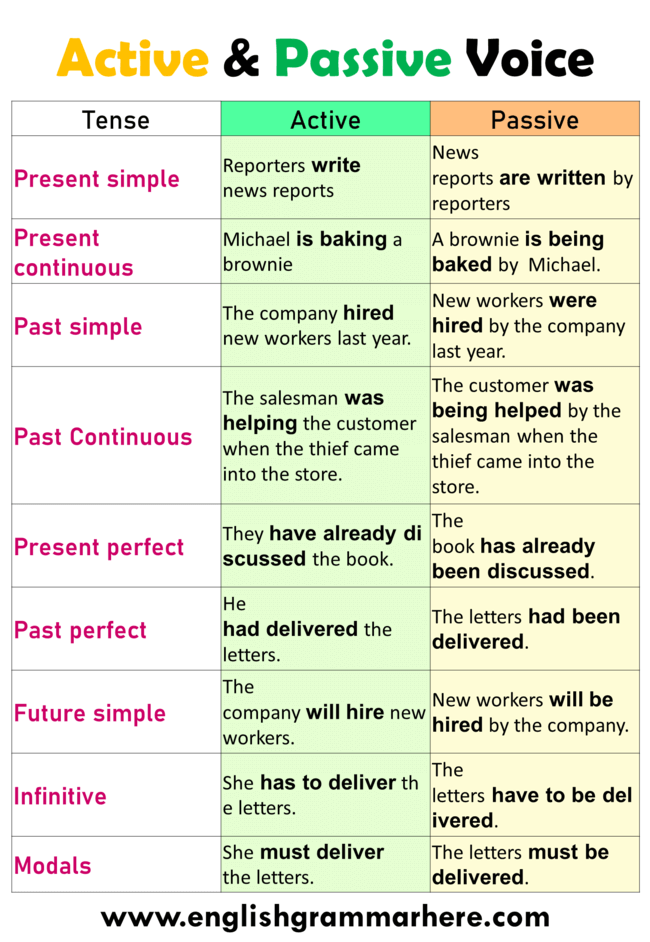


Das Kind streichelt den Hund (subject: das Kind.what the verb “agrees” with) is really the person or thing carrying it out: Active Voice: this is the “normal” voice, in which the subject of the verb (i.e. Even an imperative form of the passive is thinkable: Werde geliebt! – Be loved! Two Voicesġ. In principle, the passive voice exists in all of the above tenses and moods. We will now see that there are also two possible “voices,” active and passive. There is also a third mood: the imperative, used for giving commands (“ Iss den SPAM!” “ Stehen Sie auf!” “ Gehen wir ins Museum!” etc.).Click here for more information on Subjunctive I, which is quite easy to learn, and good to be aware of especially in the context of news reporting. There is actually another important form of the Subjunctive mood, Subjunctive I, used for reporting speech. In the first three semesters of German at the University of Michigan, we cover only Subjunctive II, the version of the subjunctive used to state what you would do, could do, would have done, should have done etc.).This is summarized on the page on verb moods. Verbs can also be in two main moods, indicative (factual: what you do, what you did, what you will do etc.) and subjunctive (counterfactual: what you would do, could do, would have done, should have done etc.), each existing in various tenses. Verbs can be in multiple tenses: In the Indicative Mood, verbs can be in the Present (er sagt alles sie geht schnell), Narrative Past (one-word past tense, typically more formal: er sagte alles sie ging schnell), Conversational Past (two-word past tense, typically more informal: er hat alles gesagt sie ist schnell gegangen), Future (er wird alles sagen sie wird schnell gehen), Past Perfect (emphasizing that an action HAD happened before another past action: er hatte alles gesagt, bevor sie ging sie war gegangen, bevor er etwas sagen konnte), etc. Review: Verb Tenses Indicative vs Subjunctive Mood For a detailed explanation of the Passive, please refer to the main Passive page. Note: This page focuses on the distinction between the Active and Passive Voice. Active vs Passive Voice Review: Verb Tenses Indicative vs Subjunctive Mood


 0 kommentar(er)
0 kommentar(er)
